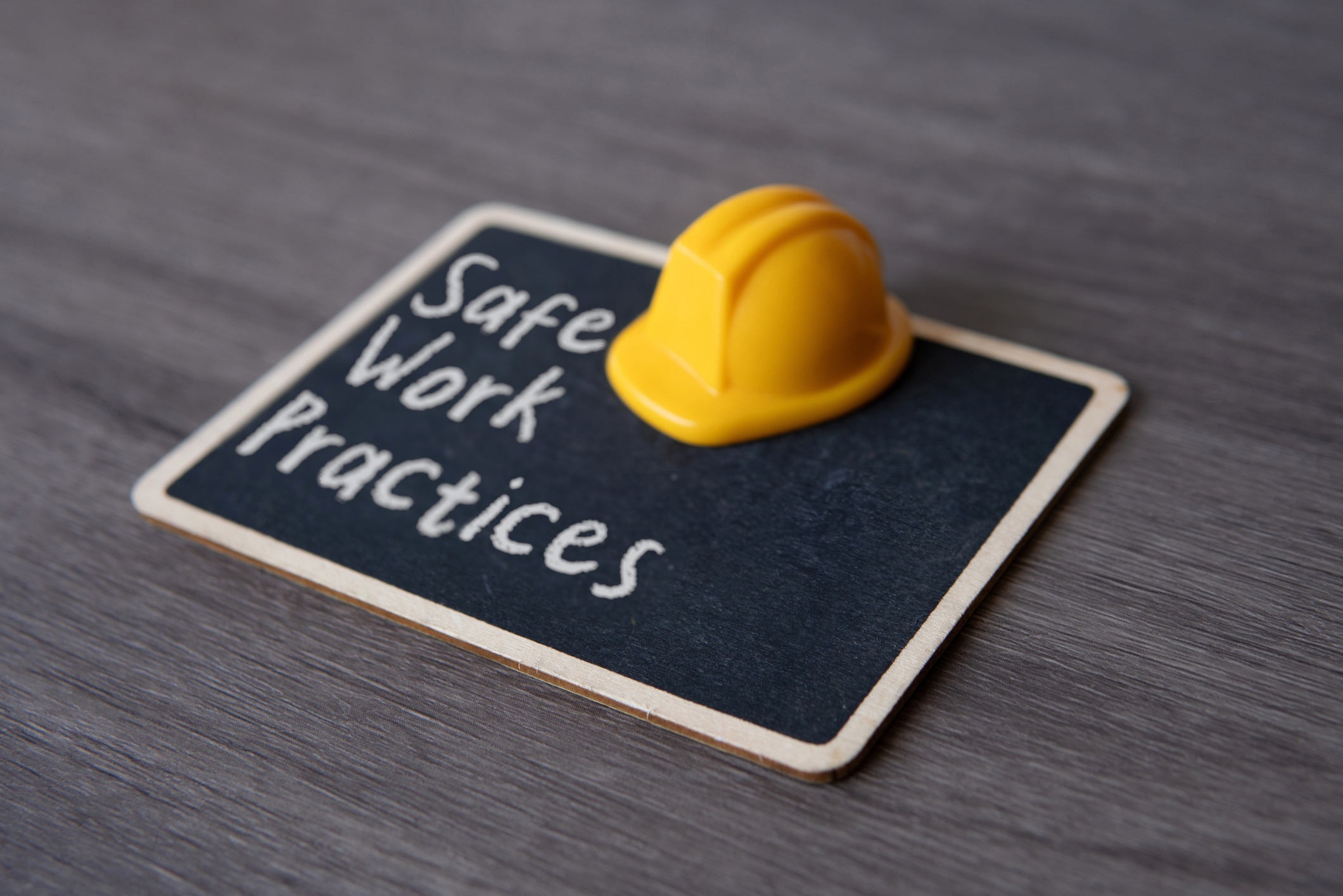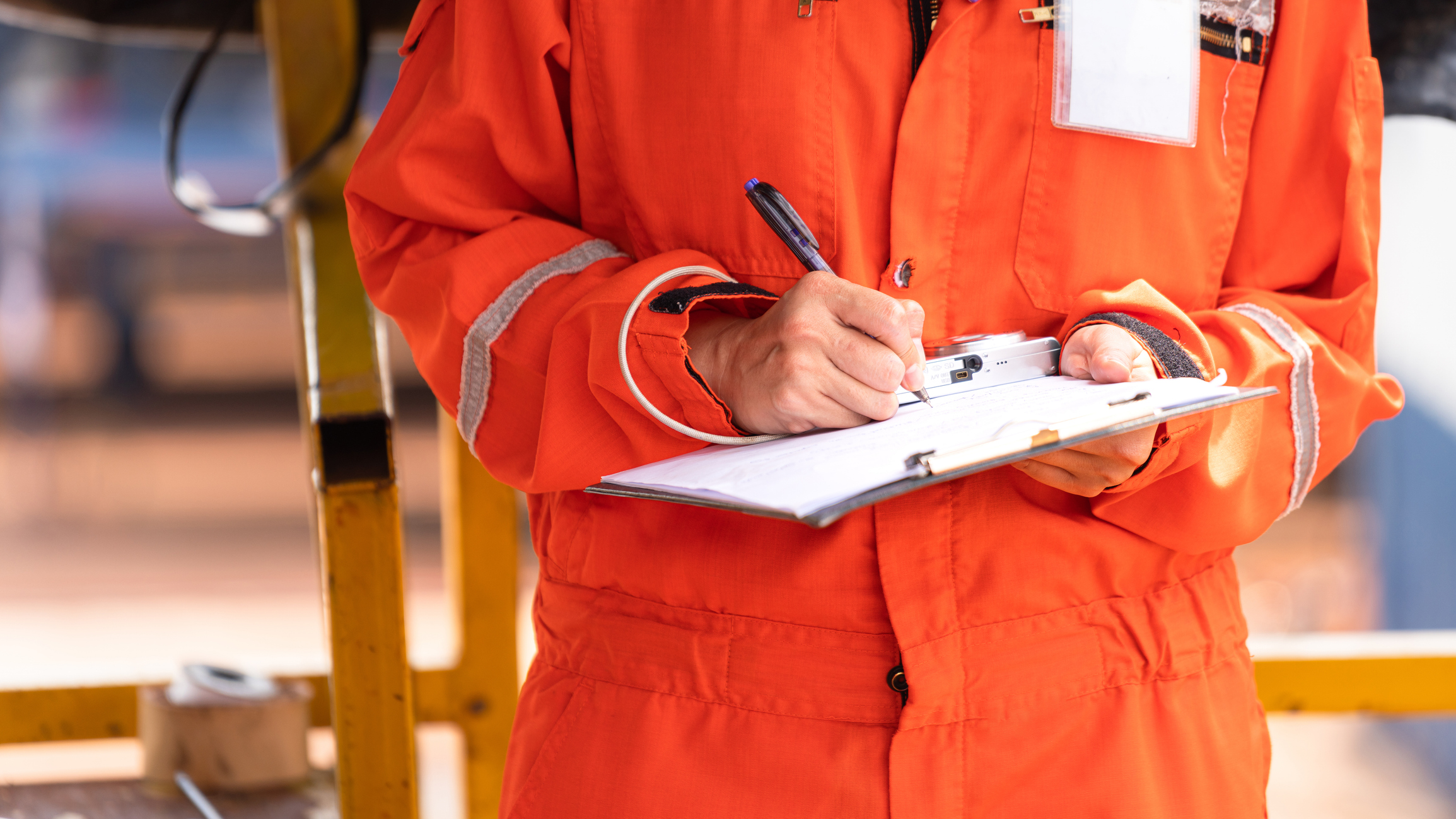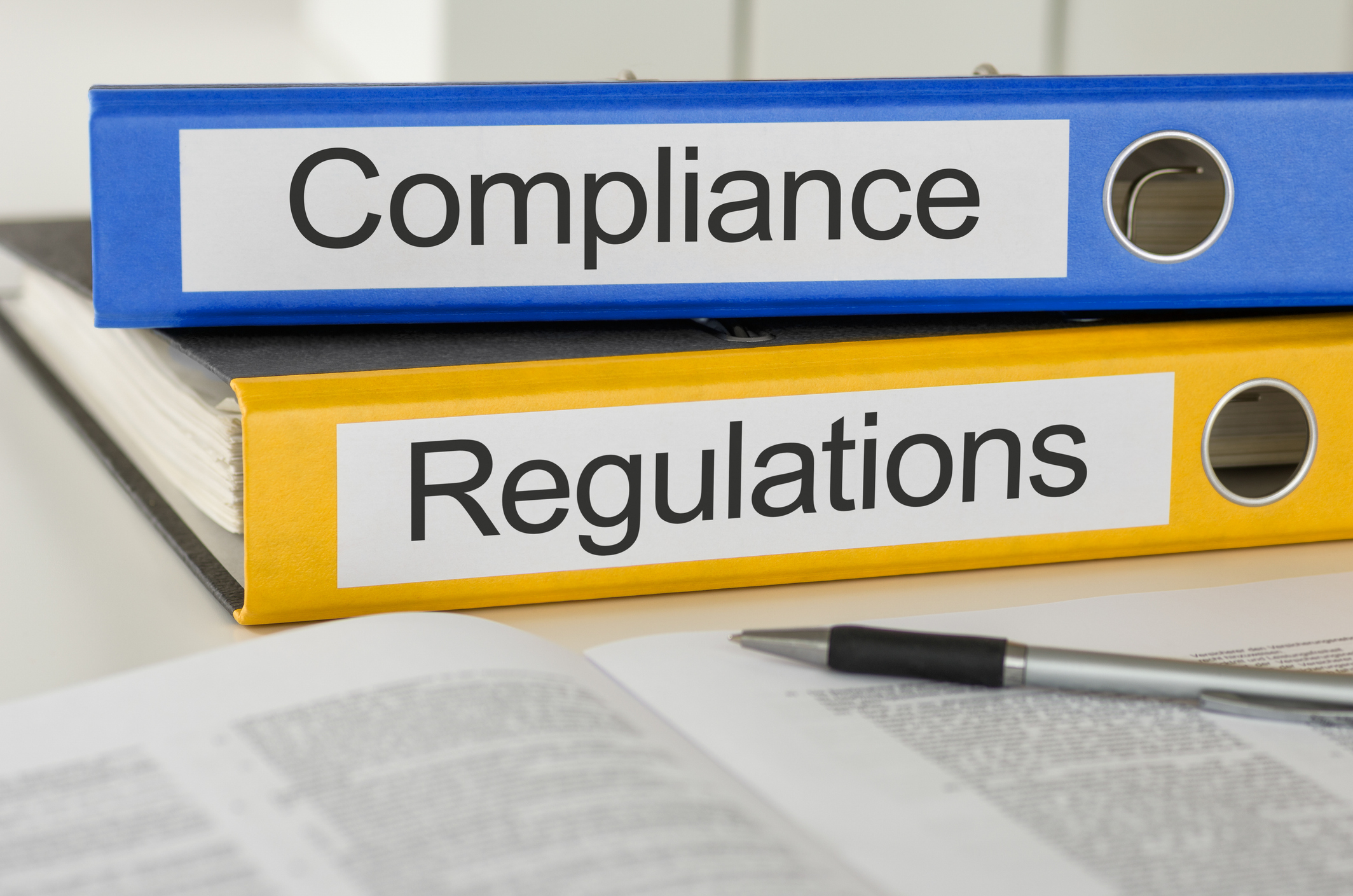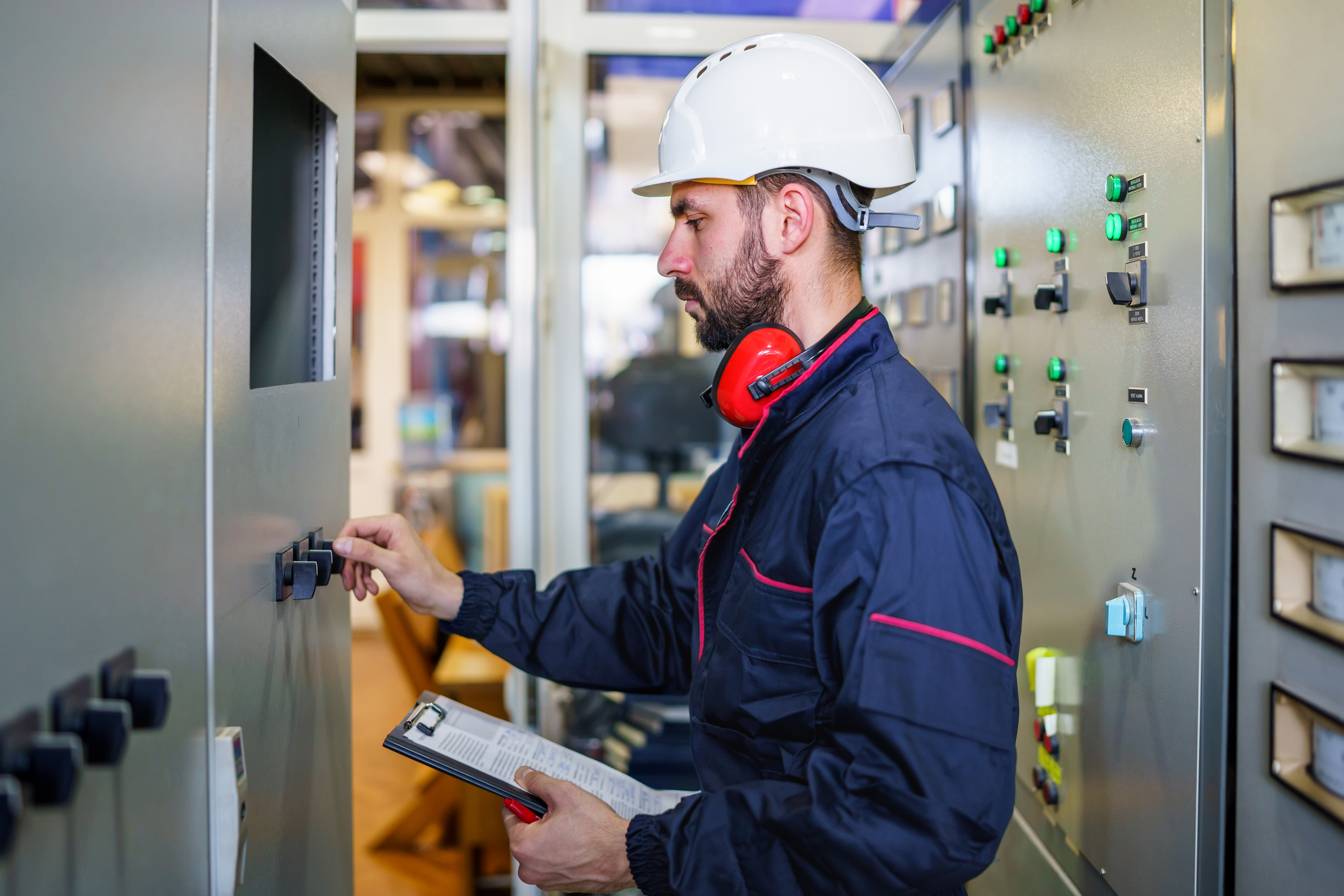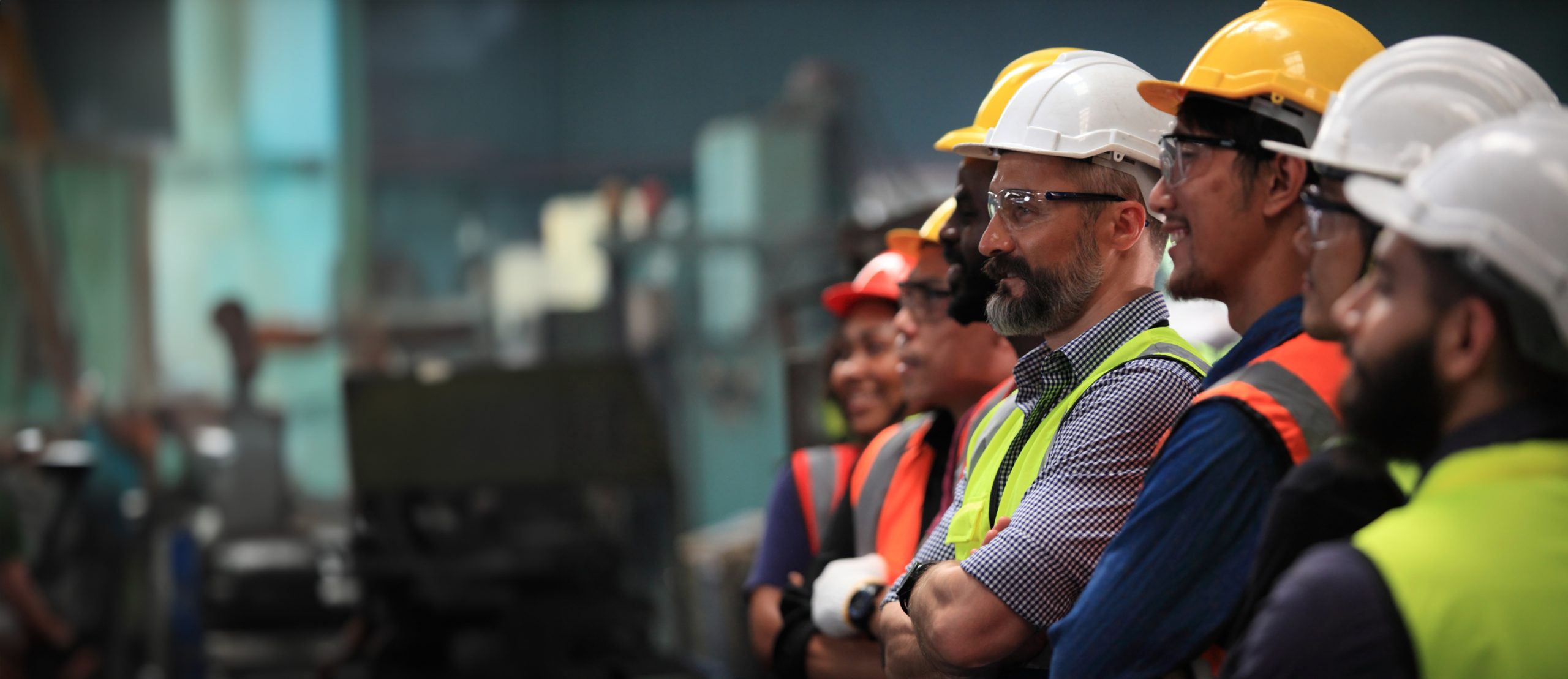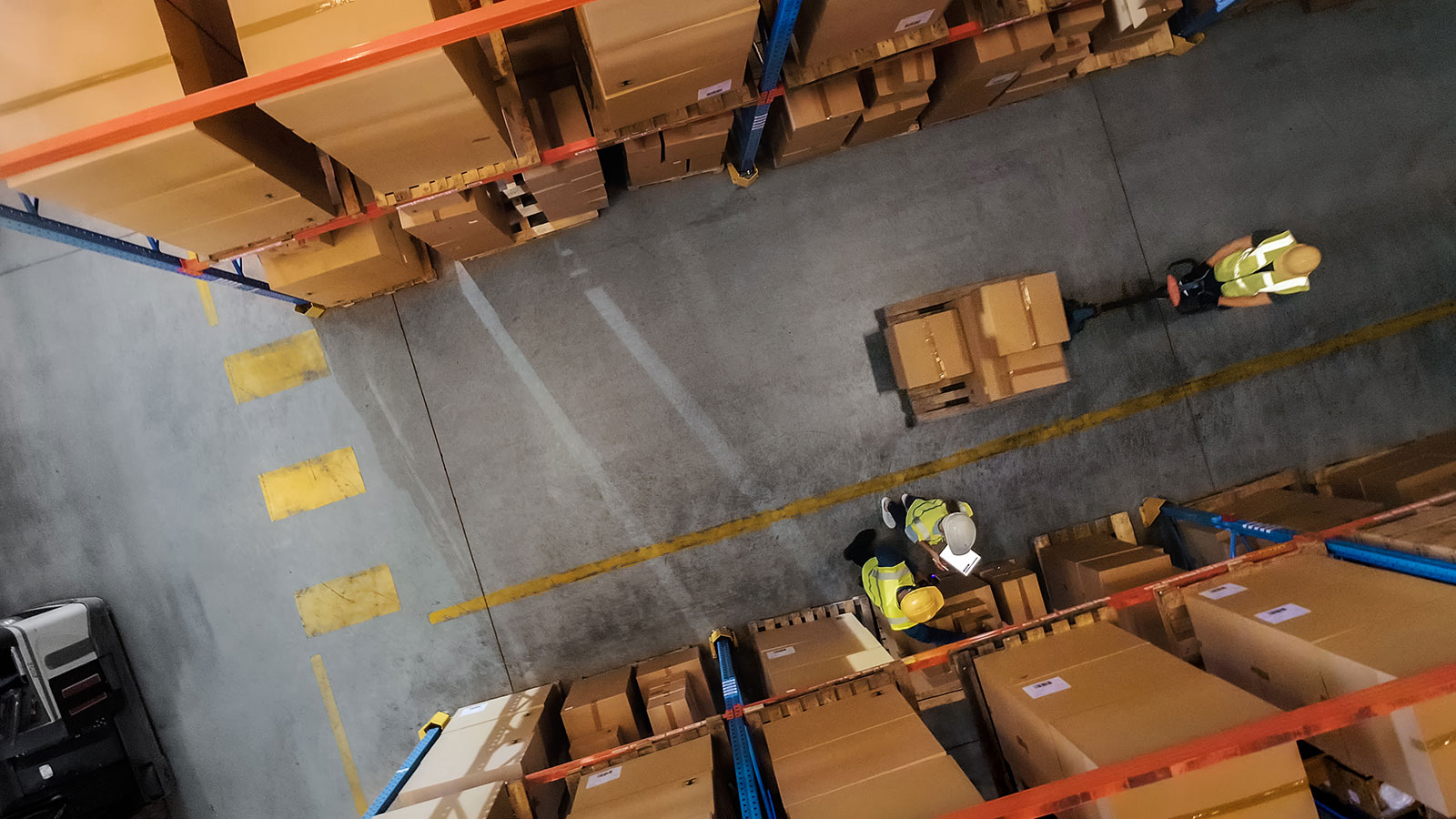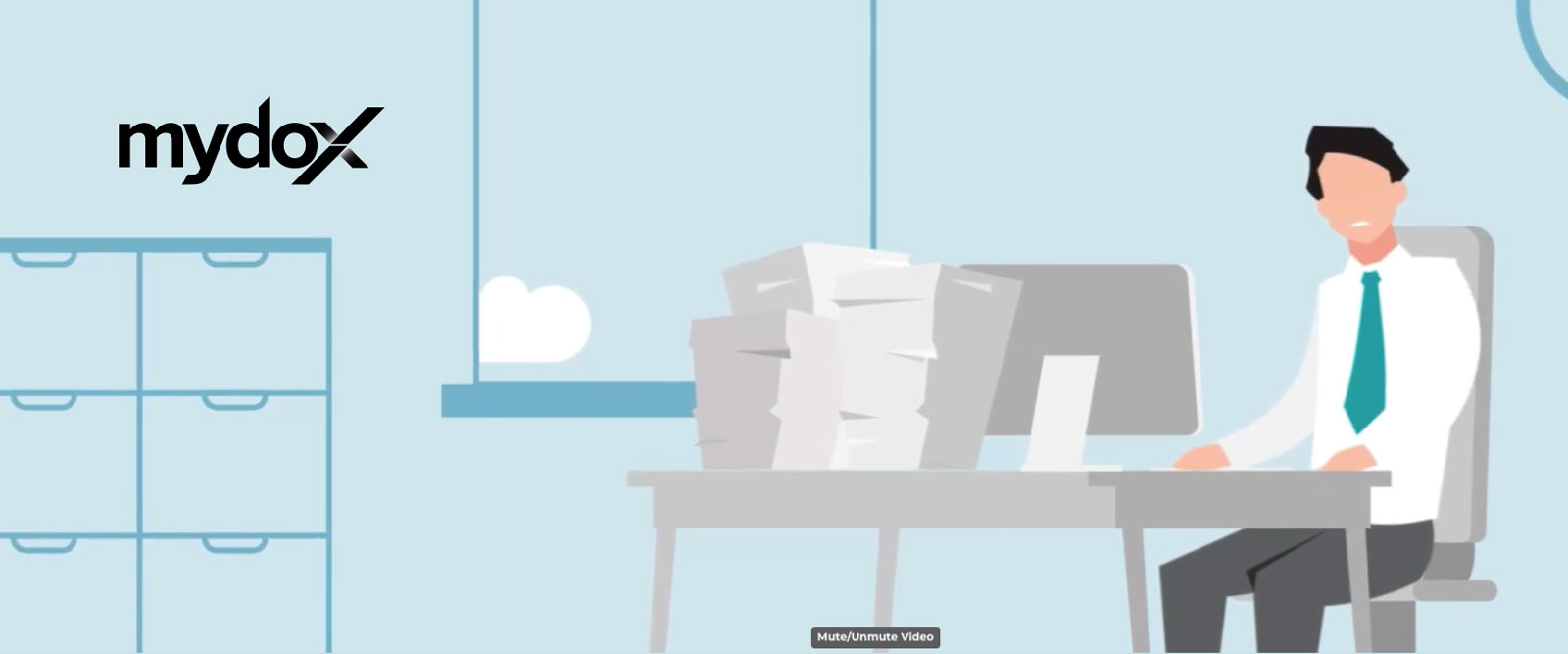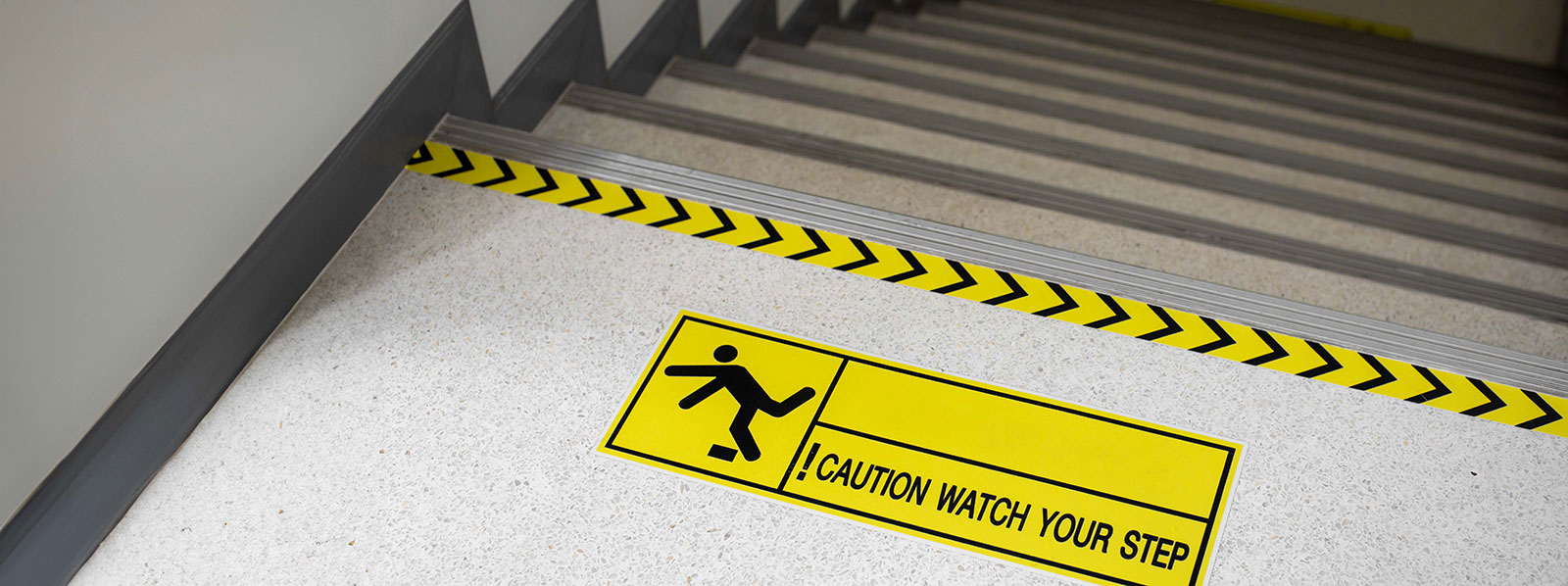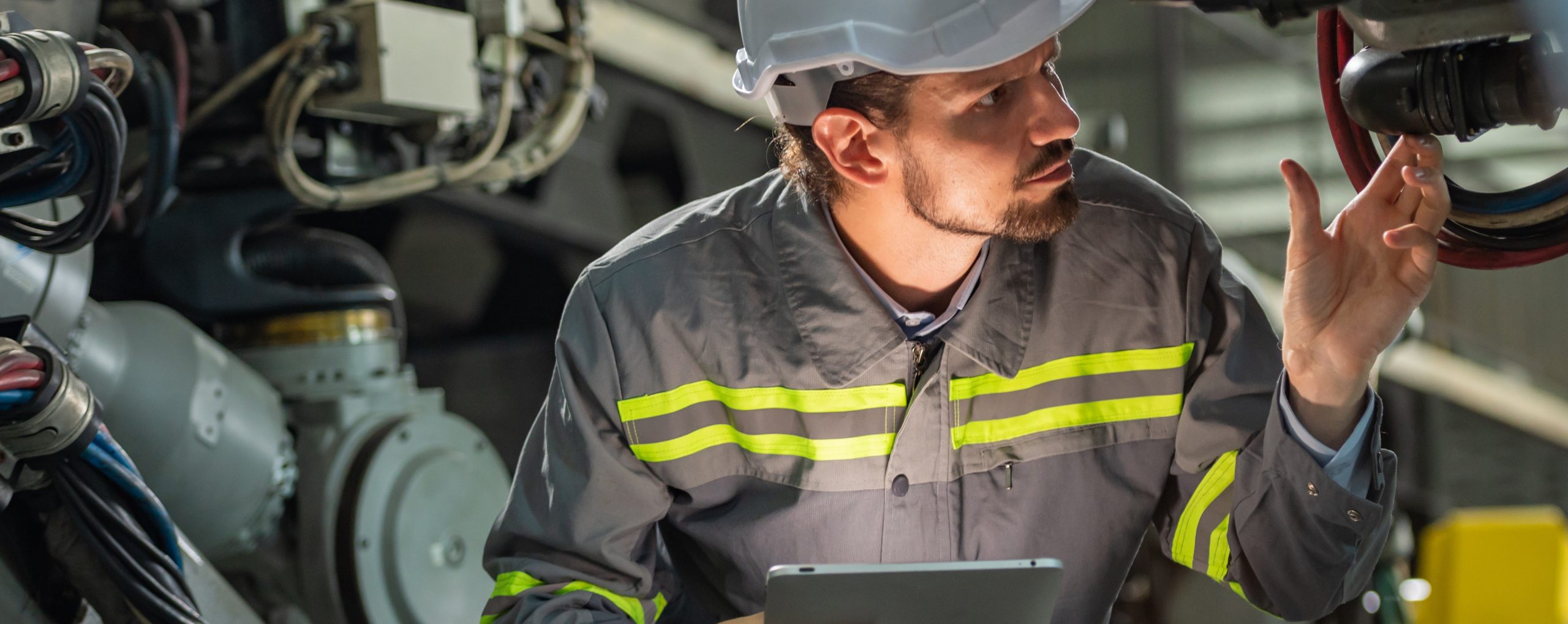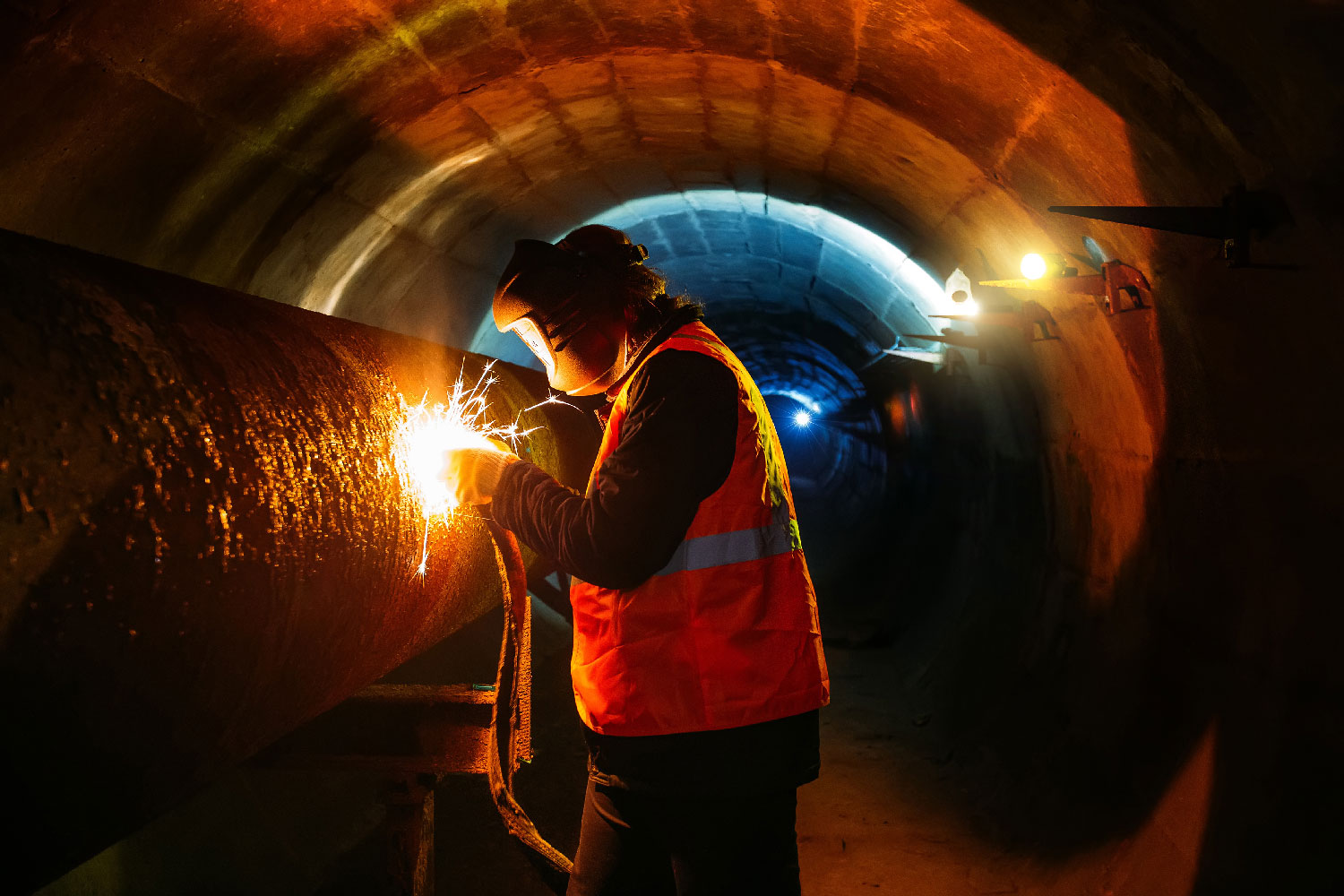
Australia is home to some of the most challenging and high-risk industries, including construction, mining, agriculture, and transport. These industries not only contribute significantly to the nation’s economy but also pose substantial risks to workers due to the nature of their operations.
Conduct Comprehensive Risk Assessments:
A comprehensive risk assessment is the first step in managing risks in high-risk industries. This involves identifying potential hazards, evaluating the likelihood of incidents occurring, and determining the severity of consequences if the do. In industries like construction and mining, where workers are exposed to heavy machinery, heights, and hazardous materials, regular risk assessments are critical.
Key Steps;
- Prioritise risks based on their severity and likelihood, addressing the most critical ones first
- Identify all tasks and activities that could pose risks.
- Evaluate both the probability and potential impact of each risk.
Implement Engineering Controls:
In high-risk industries, engineering controls are often the most effective way to mange hazards. These controls involve redesigning equipment, processes, or the work environment to eliminate or reduce exposure to risks. For example, in mining, implementing remote-controlled machinery can help reduce worker exposure to dangerous conditions like rockfalls or gas leaks.
Examples of Engineering Controls:
- Installing machine guards or barriers to protect workers from moving parts
- Using automation and robotics to remove workers from hazardous environments
Ensure proper use of PPE:
While eliminating risks is always the goal, its not always possible in high-risk industries. In such cases, providing workers with the right PPE becomes essential. In agriculture, construction and other high-risk sectors, PPE can include items like helmets, gloves, safety boots and respiratory protection.
Implementing Effective First Aid Training Programs
Implementing first aid training programs can be straightforward and beneficial for businesses of all sizes. Many accredited training providers offer courses that are tailored to specific workplace needs. These programs often include practical scenarios that help participants apply their knowledge in real-life situations. Regular refresher courses ensure that skills remain sharp and up to date with the latest guidelines.
Regular Safety Training and Drills:
Training is a vital aspect of risk management in high-risk industries. Workers need to be aware of the risk they face, how to prevent accidents, and how to respond in case of emergencies. In industries like transport or construction, where risks can change rapidly depending on the project or site, ongoing education is critical.
Monitor and Review Risk Management Plans:
Risk management is not a one-time activity. It requires ongoing monitoring and revision to address new risks or changes in the workplace environment. In industries like transport or agriculture, external factors such as weather conditions or regulatory changes can impact safety, requiring businesses to adapt quickly.
A comprehensive risk assessment is the first step in managing risks in high-risk industries. This involves identifying potential hazards, evaluating the likelihood of incidents occurring, and determining the severity of consequences if they do.
Download a free support services document.

It includes available support services and resources for employees, such as counselling services, and peer support networks to access when needed.
Just fill out the form and we will email it to you.







